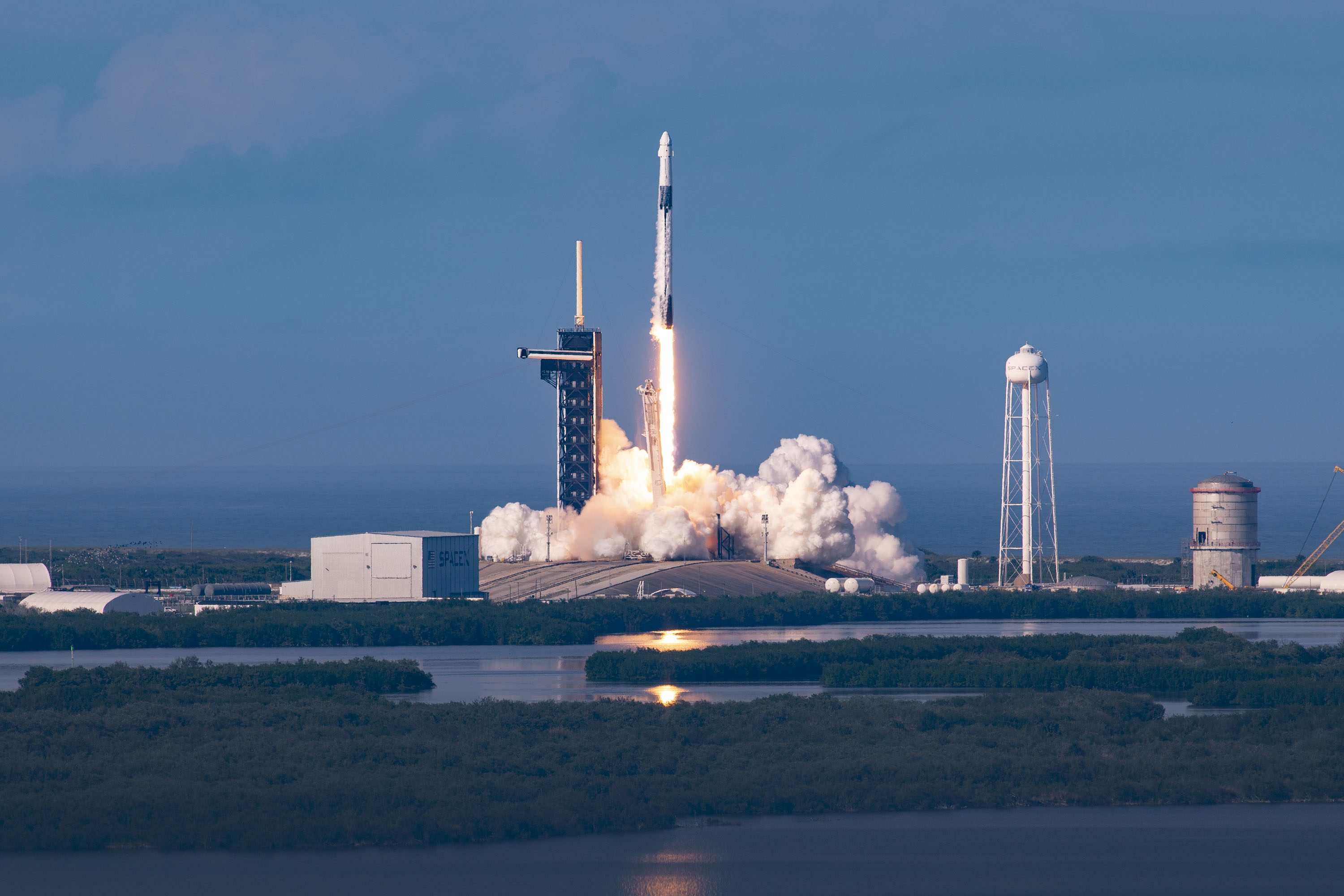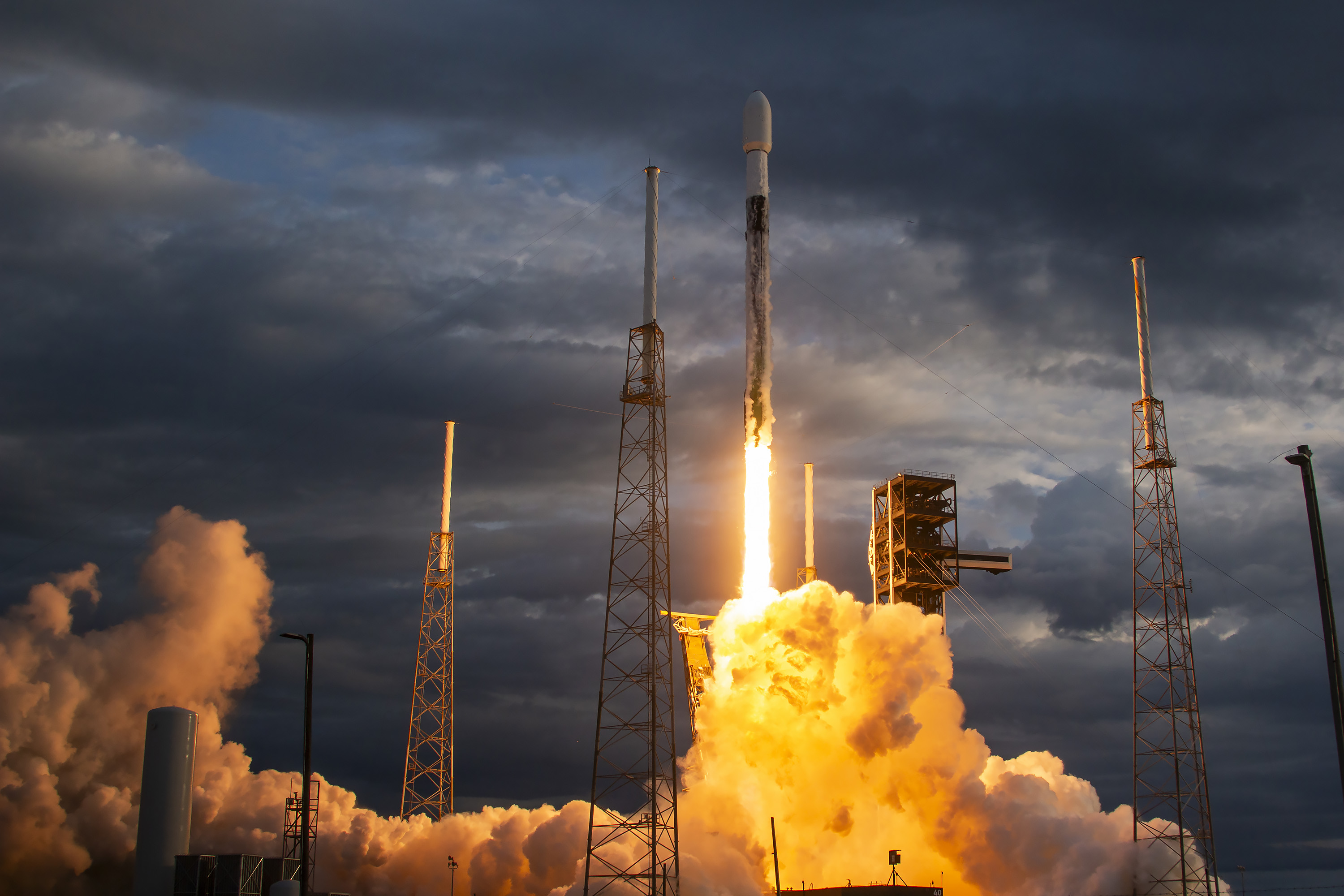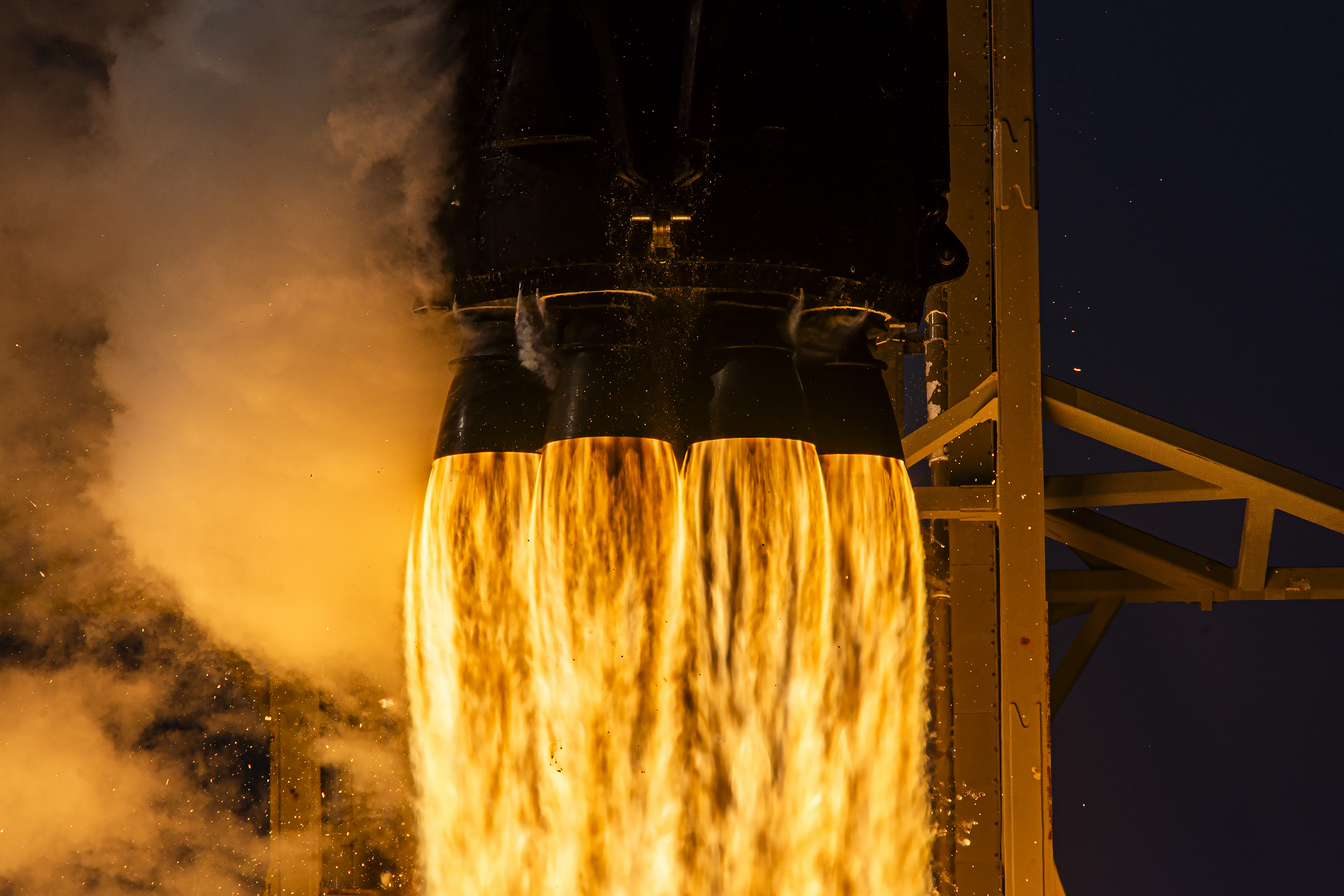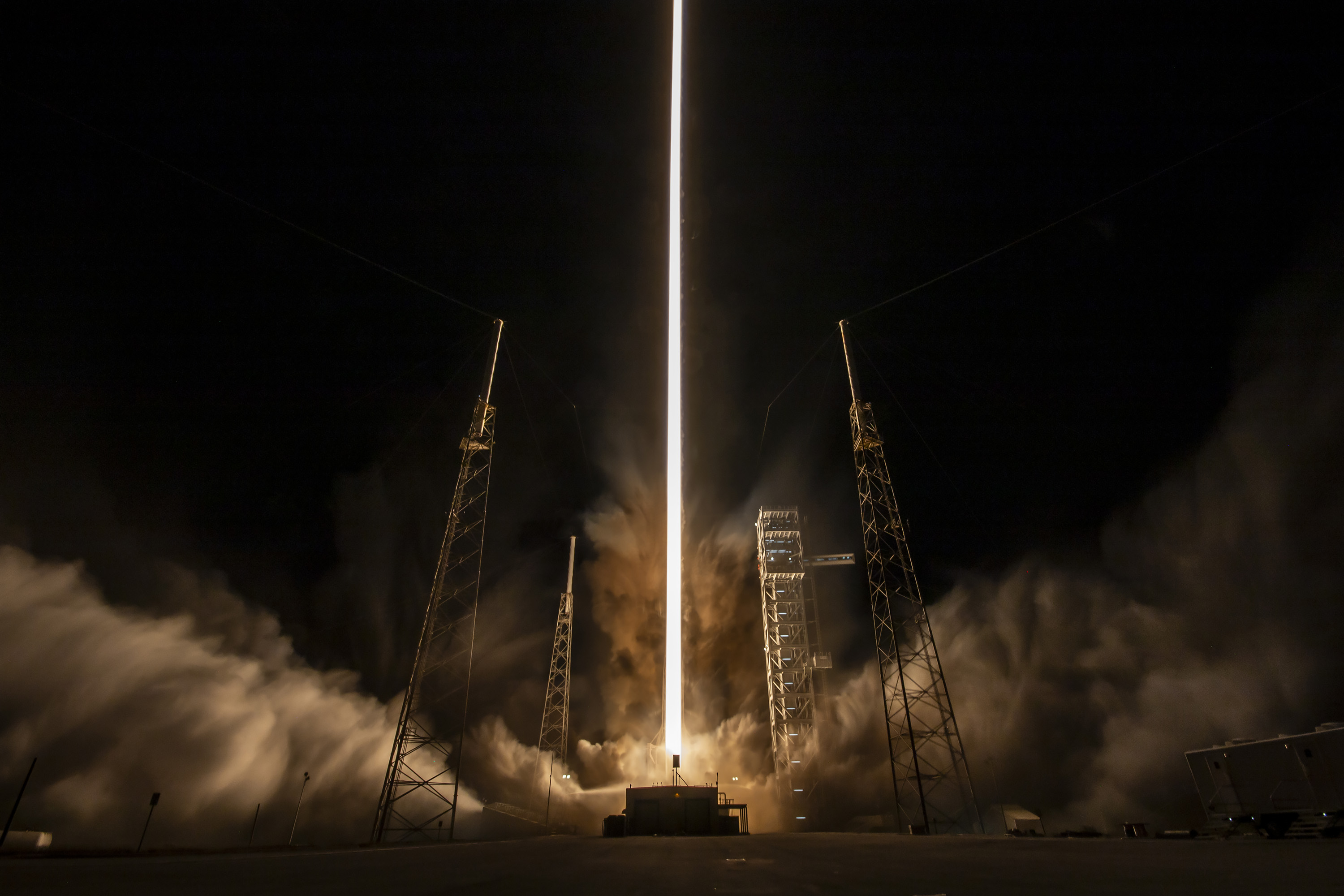In the spotlight of the SpainSat NG II mission, SpaceX used a first-stage booster that had supported a staggering range of missions—including Dragon CRS‑26, “OneWeb Launch 16”, Intelsat IS‑40e, SES O3b mPOWER‑C, “Ovzon-3”, "Eutelsat 26D”, “Türksat 6A”, "Maxar 2”, SXM‑9, and 12 missions for the Starlink constellation. This launch marked its 22nd and final flight, as the extra performance needed to reach geosynchronous orbit for SpainSat NG II required the booster to fly in expendable mode.
On October 23, 2025, the Falcon 9 lifted off from Cape Canaveral’s SLC-40 pad with SpainSat NG II aboard—a communications satellite built for secure civil and military use by the Spanish operator Hisdesat. The mission went well, but unlike typical reusable Falcon 9 flights, this booster was not recovered, as noted by SpaceX: “the first-stage will not be recovered, due to the additional performance required to deliver this payload to orbit.”
This moment is significant on multiple fronts. From a technical-operations angle, it underscores how SpaceX dynamically assesses reuse versus expendable modes based on payload mass and target orbit. From a lifecycle view, it closes the chapter on a high-flight booster, demonstrating that reuse—even at 20+ missions—is still governed by mission constraints. Lastly, for Spain and Hisdesat, the successful launch further solidifies their advanced satellite communications architecture, positioning Spain for leadership in secure, resilient space-based communications.
For space-industry watchers, this booster retirement also invites reflection on what next-generation Falcon 9 hardware might look like. As SpaceX continues to push launch cadence, costs down, and reuse performance up, every first‐stage approaching 20+ flights raises questions of maintenance cycles, refurbishment costs, and fleet strategy. This mission illustrates how even a mature system like Falcon 9 still adapts to evolving demands.
In sum, the SpainSat NG II launch wasn’t just about delivering a vital satellite—it also marked the final flight of a trusted booster, cementing the hybrid reusable-and-expendable launch era SpaceX now operates.












Leave a comment